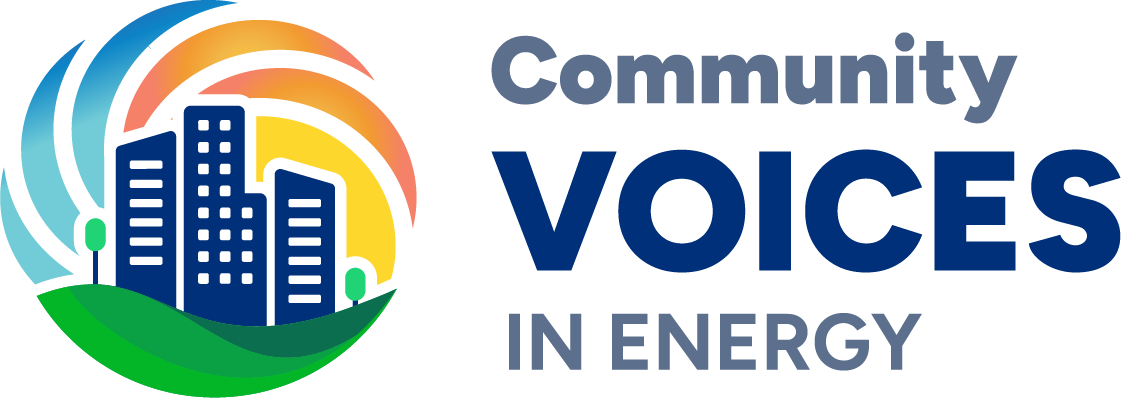As states turn toward a clean energy transition, affordability and access must be an integral part of the discussion. Otherwise, equity may be compromised.
Black and Brown communities experience higher energy rates and higher rates of power disconnection due to many overlapping historical and modern factors such as housing injustice, racial segregation, and wealth disparities. On average, Black and Hispanic households are at least two times more likely to have their utility service, a critical basic need, disconnected than White households.[1] Further, to cut down on their cost of energy, some households may resort to adjusting temperatures to unhealthy levels, resulting in negative health impacts. This further contributes to disparate health impacts experienced by Black and Brown communities.
Equity and affordability on regulators’ radar
In Massachusetts, the Department of Public Utilities recently determined that total energy burdens should be no more than six percent of shelter costs. In addition, the DPU is seeking further stakeholder comments on where target levels (below six percent) should be set when designing tiered discount rates that benefit the highest number of customers. The DPU is also seeking comments on whether revenue shortfalls from discounted rates should be recovered statewide instead of utility-wide, and whether all stakeholders should contribute to recovery of the revenue shortfall. Through these investigations, the DPU is for the first time working to increase energy affordability for Massachusetts ratepayers.[2] Energy regulatory commissions around the country are, like Massachusetts, beginning to address issues of equity, affordability and access.[3]
As states strive to meet their climate goals in the coming years by transitioning to an electric-powered grid, energy affordability is more important than ever from an environmental justice and equity perspective.
Currently, the federal government provides funding to states to support low-income ratepayers.[4] Low Income Home Energy Assistance Program (LIHEAP) provides federal funding assistance to reduce the costs associated with home energy bills, energy crises, weatherization, and minor energy-related home repairs.[5] States receive the funding and distribute it based on their own policies. States and individual utility companies also provide various payment assistance programs.[6] Although helpful, such programs do not fully address the energy burdens faced by many households.
Further, many people are not enrolled in any kind of low-income assistance program because they do not self-identify as low-income, therefore marketing for financial support programs needs to be improved to increase enrollment. Many middle-income people are also struggling to afford high energy bills that are taking a large chunk out of their income, but they do not qualify under the income thresholds for low-income assistance programs.[7]
More data, language access will help
State energy regulators should collect more data about the usage behaviors for different households and demographics to help people determine the programs that could relieve some of the burden of their energy bill. Regulators should also look to ensure low-income customers have access to and can benefit from clean energy infrastructure. Energy regulators should consider ways to leverage funding from the Inflation Reduction Act and other sources to provide heat pump rebates to low- and moderate-income homes. They should also consider novel approaches, such as percentage of income payment plans. This rate structure avoids leaving median-income individuals without support.
As state energy regulators navigate the clean energy transition and equity issues, they must also consider language access, which. ensures that everyone can receive information on how to access rate support programs. State energy regulators should consider implementing current EPA guidance on best practices for language access, which includes translating information into every language spoken by at least five percent of people in the relevant area.[8] State energy regulators should err on the side of over-inclusivity in translation to non-English languages.
Environmental justice must be considered in every aspect of the energy transition. From access to translated information to access to heat in the middle of winter, no one should be left behind. EDF is working to ensure that equity concerns are at the forefront of policy conversations at public utility commissions.
Haley Maher is a third year law student at the University of Colorado. This blog is based on her research as an intern at Environmental Defense Fund in summer 2024.
[1] Memmott, T., Carley, S., Graff, M. et al. Sociodemographic disparities in energy insecurity among low-income households before and during the COVID-19 pandemic. Nat Energy 6, 186–193 (2021). https://doi.org/10.1038/s41560-020-00763-9
[2] DPU Issues Notice of Investigation on Energy Affordability for Massachusetts Ratepayers, Department of Public Utilities, https://www.mass.gov/news/dpu-issues-notice-of-investigation-on-energy-affordability-for-massachusetts-ratepayers
[3] Affordability and Energy Bills, Colorado Department of Regulatory Agencies, https://puc.colorado.gov/affordability#:~:text=The%20Commission’s%20Affordability%20Initiative%20demonstrates,a%20letter%20from%20Governor%20Polis.
[4] Massachusetts Low Income Home Energy Assistance Program (LIHEAP), Benefits.gov, last accessed Aug 6, 2024, https://www.benefits.gov/benefit/1576
[5] Low Income Home Energy Assistance Program (LIHEAP), Benefits.gov, https://www.benefits.gov/benefit/623
[6] About Us, Mass Save, Last accessed Aug. 6 2024, https://www.masssave.com/en/about-us
[7] Paying for Power a Struggle for Some, Consumer Watchdog, https://consumerwatchdog.org/uncategorized/paying-power-struggle-some/
[8] Guidance to Environmental Protection Agency Financial Assistance Recipients Regarding Title VI Prohibition Against National Origin Discrimination Affecting Limited English Proficient Persons, 69 F.R. 35602, https://www.govinfo.gov/content/pkg/FR-2004-06-25/pdf/04- 14464.pdf




